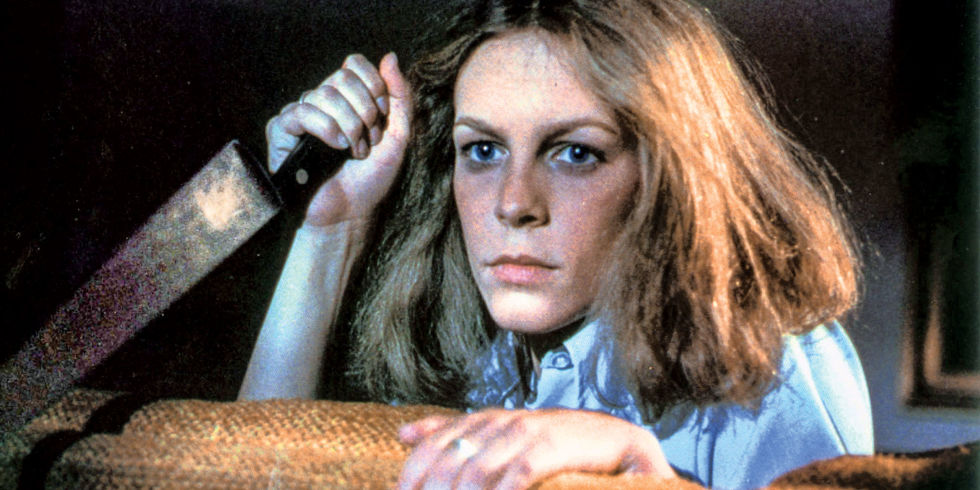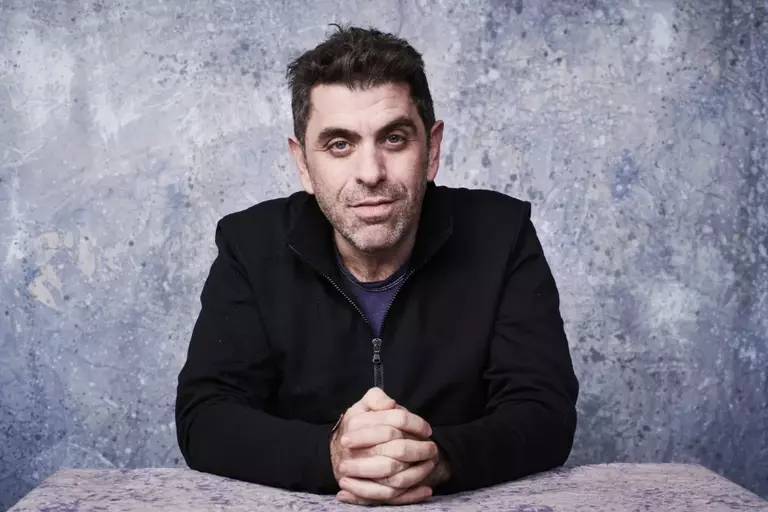
Feature by Michelle Moore
Society can be a scary place…even more so now everyone questions what to and not to believe in. Some believe in aliens, some don’t. Some believe in the Bogeyman, some don’t. Some believe in the paranormal, and some don’t.
Depending on what you believe in, will depend on what will scare you. In recent year’s evil has come in all shapes and sizes, a poltergeist, an alien, someone from your dreams, or even a human. The aspect that made it scare us…was us.
The conventions of a horror movie, those little bits and pieces that make it what it is have changed because society has changed. In the 1970’s the thought of being possessed by a demon and getting killed would frighten anyone. Today, it’s more likely to be the man next door. This generation may not feel scared by the thought of an alien, or demon, but mention a person with a pulse killing people and the whole world reacts.

In the last 40 years, society thought they had gotten over times of possession of demons, the Roswell crash and Jack the Ripper. Society had become a scary place and the one escape people had from the world outside was movies…that was until directors decided to bring your worst nightmares to life. The Exorcist, Poltergeist, The Texas Chainsaw Massacre, Childs Play, The Shining …whether you were scared of ghosts or aliens there was a horror movie for you.
Directors rely on what scares us to make their movie. In a time of silent movies, directors relied upon make up and low budget technology to put fear in the heart of its audience. Through obscuring the vision the audience had through shadows or mist, they were encouraged to let their imagination wonder, and come to their own conclusions as to what the evil was.
Films such as Dracula, which were scary once, the undead walking around at night ready to suck your blood, turning into bats and flying through the night, it just doesn’t cut it today. Some aspect of this still applies, not through obscured vision however but mystery. Mystery in the horror genre can grab all of our attention to the end. What is it that we’re jumping for? What is it coming?
Eyes are glued to the screens to the end to find out. Take Creep for example, something is killing people, and we don’t know what until the end. Think about the abundant rush of paranormal based films we have seen released; the Paranormal Activity franchise and Grave Encounters for example. It is the not being able to see or hear something – or in some cases seeing or hearing things when you shouldn’t be – it is the not knowing, and not understanding that truly terrifies the audience as many of the times it is something that could happen in your own life.

In the last few years we have had an influx of technology infused horror movies due to the way in which society has become so dependent on Ipads, mobile phones and of course, the Internet. We had previously had The Ring, One Missed Call, found footage films and the Paranormal Activity franchise with its use of hand held cameras and security footage. Things have delved even deeper into the tech world with Unfriended, Friend Request and Bedeviled where spooks and spirits have now used our dependence of technology against us.

Some of the most popular horror directors Alfred Hitchcock (Psycho), John Carpenter (Halloween) and Wes Craven (A Nightmare on Elm Street) have taken our nightmares and used them against us and what do we do…we watch. Psycho takes a human man and turns him into a killing machine. Halloween turns one day a year, a day that is chilling for some anyway, into a day one man hunts for his family, wanting to slaughter them all. Wes Craven uses dreams in A Nightmare on Elm Street and literally brings your nightmares to life.
In the past, movies traditionally followed a narrative structure of order, disorder order. At the start of a film, the characters had ordinary lives, nothing to be scared of. In the middle, something would happen to disrupt the lives of the characters, and scare the audience. In the past, the audience would always feel safe at the end of the film knowing the evil has been defeated, and the movie would be back to order once again. More recently however, directors like to leave the narrative open so the audience doesn’t know whether the evil is defeated, or free to come back and haunt them once again. This leaves the director free to produce plenty of sequels.
Will we soon become a world where we have seen everything and nothing scares us…or will directors find something new to terrify you? We will just have to wait and see, and enjoy the forth-coming movies until we get to that point.







